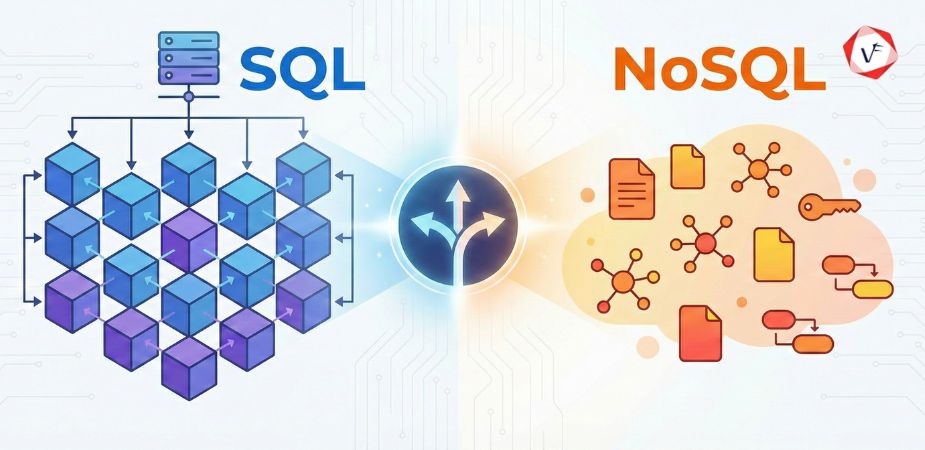- June 16, 2025 12:31 pm
- by Safvana
- June 16, 2025 12:31 pm
- by Aruthra
Mobile applications have become essential for businesses to engage customers, streamline operations, and enhance brand value. However, building mobile apps that work seamlessly across multiple platforms, such as iOS and Android, poses a significant challenge. Native development requires separate codebases for each platform, leading to increased costs, longer development timelines, and higher maintenance efforts.
This is where cross-platform mobile app development frameworks come in. These frameworks allow developers to write a single codebase and deploy it across multiple platforms, saving time and resources while maintaining performance and user experience. With continuous technological advancements, new and improved frameworks emerge every year, providing developers with powerful tools to build high-quality applications efficiently.
If you’re planning to develop a mobile app in 2025, selecting the right framework is crucial. Below, we explore the top five cross-platform mobile app development frameworks, their features, advantages, and real-world applications.
Flutter, developed by Google, has rapidly gained popularity as one of the most powerful and flexible cross-platform mobile app development frameworks. It uses the Dart programming language and enables developers to create high-performing, visually appealing applications that function efficiently across various platforms.
Major brands such as Google, Alibaba, BMW, eBay, and Toyota leverage Flutter to build their mobile applications, demonstrating its reliability and efficiency.
React Native, developed by Facebook (now Meta), remains a top choice for cross-platform mobile development. It allows developers to use JavaScript and React to build mobile apps with a native-like experience on both iOS and Android.
Leading applications such as Instagram, Facebook, Airbnb, Walmart, and Shopify are built using React Native, proving its robustness in handling large-scale projects.
Xamarin, owned by Microsoft, is a powerful framework that enables developers to build cross-platform mobile apps using C#. It allows for high-performance applications while sharing most of the code across different platforms.
Leading companies such as Siemens, UPS, BBC, and the American Cancer Society use Xamarin for their cross-platform applications, establishing it as a trusted enterprise solution.
A relatively new approach to cross-platform development involves using SwiftUI for iOS and Kotlin Multiplatform for Android. This combination allows developers to leverage native technologies while enabling code sharing, leading to high-performance applications.
Many startups and tech companies experimenting with cutting-edge solutions adopt this approach to balance performance and flexibility.
Apache Cordova, formerly known as PhoneGap, is one of the oldest cross-platform mobile development frameworks. It enables developers to use standard web technologies such as HTML, CSS, and JavaScript to build mobile applications.
Many startups and businesses with web development expertise use Cordova to create simple mobile applications without requiring extensive native development skills.
With so many options available, selecting the right framework depends on your project’s goals, technical requirements, and budget. If performance and a native feel are top priorities, Flutter and React Native stand out, offering smooth, high-performance applications with near-native experiences. Flutter, powered by Google, provides a rich set of customizable widgets, while React Native, backed by Facebook, allows developers to build apps using JavaScript while still accessing native capabilities. For businesses already invested in the Microsoft ecosystem, Xamarin is a great choice, enabling seamless integration with Microsoft tools and technologies. If the goal is to optimize development while maintaining platform-specific advantages, SwiftUI and Kotlin Multiplatform provide a more tailored approach, allowing developers to share code across iOS and Android while leveraging native features. On the other hand, for projects with tight budgets or a strong web-based foundation, Apache Cordova remains a practical solution, enabling developers to repurpose web technologies like HTML, CSS, and JavaScript for mobile applications. Ultimately, the best framework depends on factors such as performance expectations, development speed, and platform-specific needs.
Selecting the right framework depends on your project’s goals and requirements. If you’re looking for a visually appealing, high-performance app, Flutter is a strong choice. React Native offers flexibility and a vast developer community, making it a reliable option. For businesses that rely on Microsoft tools and require top-notch security, Xamarin is ideal. SwiftUI + Kotlin Multiplatform provides a balanced approach for native experiences with code-sharing benefits. Lastly, for those prioritizing simplicity and affordability, Apache Cordova remains a viable option. As technology evolves, factors like sustainability, accessibility, and performance optimization continue to shape the future of mobile app development.
Guaranteed Response within One Business Day!

What is Digital Twin Technology?

What are WebAssembly (WASM) Applications?
Code Review Best Practices: Complete Guide for 2026

Database Selection Guide: SQL vs NoSQL
AI Agents in Enterprise Software: How Autonomous AI is Transforming Business Operations